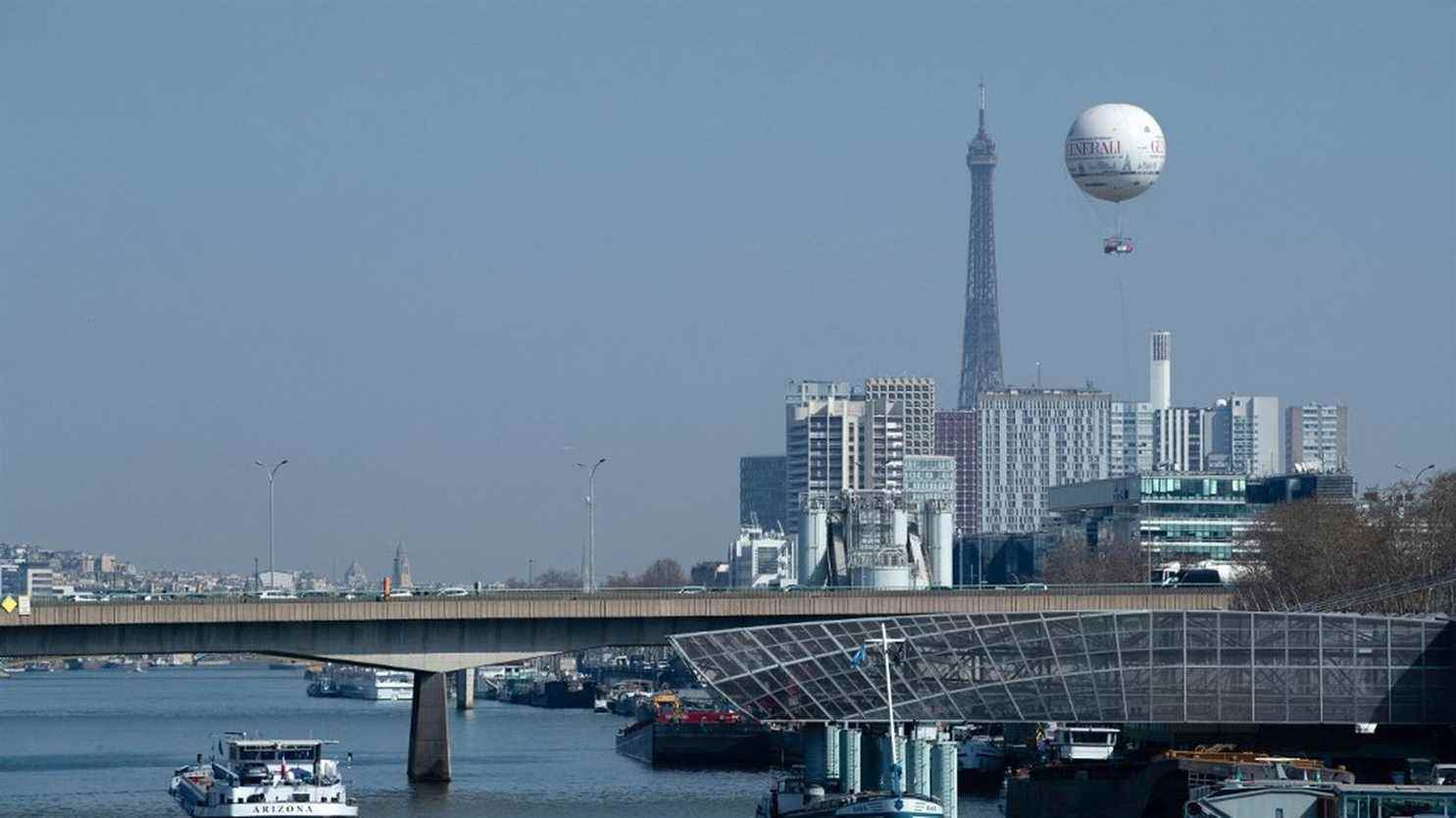Some “60,000 Ile-de-France residents are still exposed to concentrations exceeding the French and European regulatory limit value for nitrogen dioxide (NO2)”, according to the organization.
Article written by
Posted
Update
Reading time : 1 min.
Air quality improved in Ile-de-France in 2021, “in continuation of the trends observed in recent years”, reports Airparif on Tuesday, April 5. But the 12 million inhabitants of the region remain subject to levels of pollution higher than the recommendations of the World Health Organization (WHO), alerts the organization in its annual report. This last reminds that theair pollution is the cause of “serious chronic pathologies, in particular cardiovascular and respiratory pathologies and cancers”.
The concentrations of nitrogen dioxide and particles (PM10 and PM2.5) are down compared to 2019 and previous years, specifies the air quality observatory in Ile-de-France. This downward trend is notably linked to the reflux of emissions caused by residential heating and road traffic, explains Airparif. Compared to 2020, on the other hand, a year marked by the arrival in France of the Covid-19 pandemic“the levels of NO2, PM10 and PM2.5 have increased slightly”.
Some “60,000 Ile-de-France residents are still exposed to concentrations exceeding the French and European regulatory limit value for nitrogen dioxide (NO2), along major traffic routes” such as the ring road and the A1 motorway. “For PM10 particles, an overrun of the limit value is still noted for less than a thousand inhabitants”continues Airparif.
WHO recommendations, stricter than EU regulations and toughened in 2021 to take into account the most recent knowledge on the health impact of air pollution, are “still largely exceeded for all of the 12 million inhabitants of Ile-de-France”, however, warns the organization. It’s the case “over the whole region for PM2.5 fine particles and for ozone, for 95% of the inhabitants for nitrogen dioxide and for 80% of the inhabitants for PM10 particles”. Following these recommendations would prevent 7,900 premature deaths each year, estimates Airparif, which is based on a study it published in early 2022 with the Ile-de-France Regional Health Observatory (ORS).
